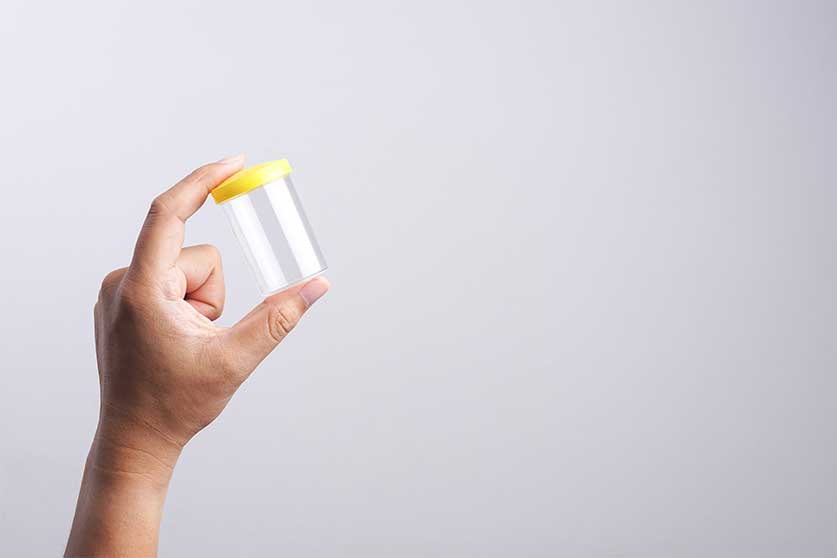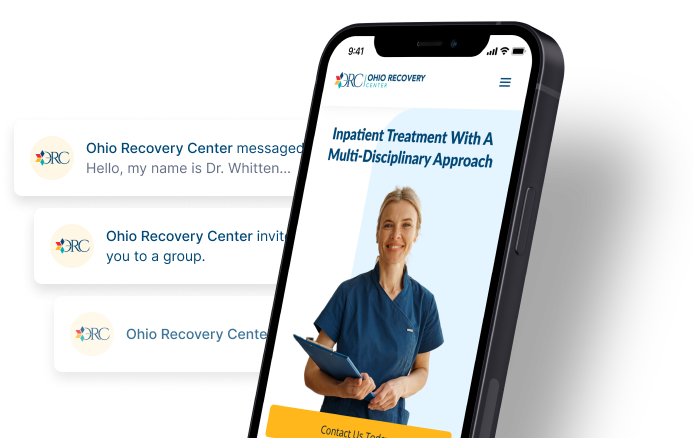How Long Does Vyvanse Stay In Your System?

Medically Reviewed By: Manish Mishra, MBBS
The prescription stimulant Vyvanse stays in a person’s system for at least 2-3 days after last use. However, the drug has various detection windows depending on the drug test performed and may be detected in urine for about 3 days and hair follicles for up to 90 days.

The prescription stimulant medication Vyvanse (the brand name for lisdexamfetamine dimesylate) can stay in a person’s system for at least 60 hours or within 3 days after use.
Vyvanse is used to help treat attention deficit hyperactivity disorder (ADHD) and those suffering from binge eating disorder.
This drug is a Schedule II controlled substance according to the United States Drug Enforcement Administration (DEA), meaning it has a high potential for abuse.
Vyvanse may show on a drug test if you’re required to take one for legal or employment reasons.
The Half-Life Of Vyvanse
The half-life of Vyvanse is 12 hours which means the drug may be removed from your body in a little over 60 hours or within 3 days from the last dose of Vyvanse taken.
However, depending on the type of drug test a person must perform, there are different detection times for the last use of the stimulant.
Types Of Vyvanse Drug Screens
Because this central nervous system stimulant drug is considered a controlled substance, there may be necessary reasons for a drug test to take place. Whether needed for legal reasons or asked by your doctor, the type of drug screening may differ.
Vyvanse Urine Tests
With a urine test, Vyvanse can be found in the system for 3-5 days. This may be the most common form of drug test performed. Once a sample is given, it will be taken to a lab to discover if traces of the drug are detected in your system.
Vyvanse Saliva Tests
As one of the more simple tests, a saliva test may be used to determine if Vyvanse has been used during the last 5-48 hours. The oral fluid on a mouth swab will be tested.
Vyvanse Blood Tests
A blood test can have the shortest detection window of up to 8 hours. With a blood test, a medical professional will use a needle to draw blood. This is a relatively fast test and detects the drug in a manner of only minutes or hours after the last dose.
Vyvanse Hair Tests
If a hair test is required, the detection window may be the longest, with the drug lasting for a month or 3 months.
Typically, a hair test will involve providing a hair sample. From there, a healthcare worker will take the hair follicle to determine if there are any traces of metabolites associated with Vyvanse.
Side Effects Of Vyvanse
How long Vyvanse stays in a person’s system may also depend on the amount of the drug taken. Those who abuse Vyvanse may have a substantial amount of the drug in their system which can lead to serious side effects, including a potential Vyvanse overdose.
According to the United States Food and Drug Administration (FDA), a range of side effects can also occur when Vyvanse abuse takes place, including:
- severe weight loss
- cardiovascular problems
- withdrawal symptoms
- mental health problems such as anxiety or depression
- serotonin syndrome
- Vyvanse addiction
Drug Interactions
Because Vyvanse is a strong stimulant, drug addiction may take place, leading a person to combine medication or substances to achieve a high. Even when taken as prescribed, certain medications should be avoided with Vyvanse.
Substances to avoid while taking Vyvanse include:
- other stimulants such as Adderall or Ritalin
- antidepressants such as monoamine oxidase inhibitors (MAOIs), serotonin and norepinephrine reuptake inhibitors (SNRIs), and selective serotonin reuptake inhibitors (SSRIs)
- alcohol
- benzodiazepines
- opioids
- illicit drugs
- supplements
Combining any of these substances with Vyvanse is a form of substance abuse.
Vyvanse Addiction Treatment
For those of you seeking treatment options for prescription drug abuse, consider Ohio Recovery Center. We provide detox, inpatient care, and evidence-based practices like behavioral therapy, mental health counseling, and peer support groups.
To learn more about our treatment programs, please contact us today.
- Child and Adolescent Psychiatric Clinics of North America https://www.ncbi.nlm.nih.gov/pmc/articles/PMC4920965/
- Food and Drug Administration https://www.accessdata.fda.gov/drugsatfda_docs/label/2015/021977s036s037lbledt.pdf
- National Institute on Drug Abuse https://nida.nih.gov/sites/default/files/drugfacts_stimulantadhd_1.pdf
- National Library of Medicine: MedlinePlus https://medlineplus.gov/druginfo/meds/a607047.html
- Pharmacy and Therapeutics https://www.ncbi.nlm.nih.gov/pmc/articles/PMC2873712/
- Springer: Clinical Drug Investigation https://www.ncbi.nlm.nih.gov/pmc/articles/PMC4823324/

